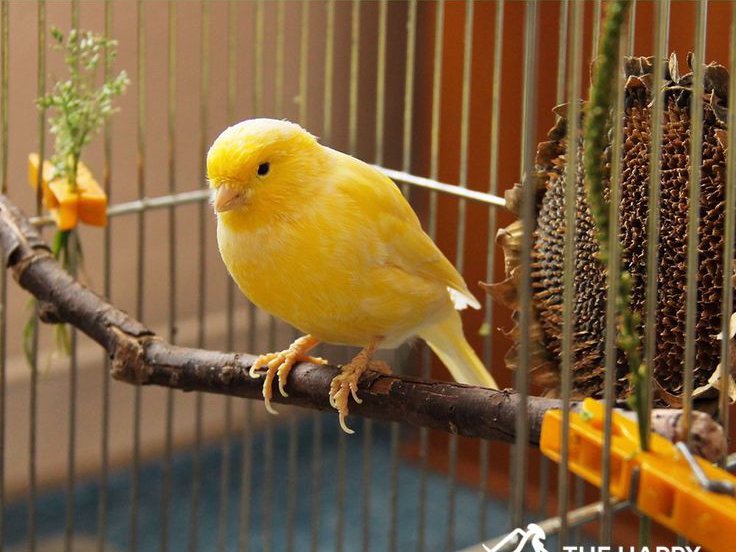
Ever wonder how old your parrot or canary would be if they were human? While we often compare pet ages to our own for fun or perspective, figuring out your bird’s age in human years is trickier than with dogs or cats. That’s because birds mature and age very differently, depending on their species, size, and lifespan.
Still, there are some general guidelines that can help you make a reasonable comparison. In this guide, we’ll show you how to convert your pet bird’s age into human years, why it matters, and how age impacts your bird’s care.
Why Compare Bird Age to Human Age?
Understanding your bird’s life stage in relation to human years can help you:
-
Adjust their care based on age-specific needs
-
Spot age-related health changes early
-
Set realistic expectations for behavior and activity
-
Better bond with your bird at each stage of life
While no method is perfect, using average lifespan and developmental stages can give you a helpful approximation.
Common Bird Age Conversions by Species
Here’s a breakdown of a few popular pet birds and how their age might compare to humans:
Budgerigar (Budgie)
-
Lifespan: 8–15 years
-
Maturity: Around 6 months
-
Conversion: The first year ≈ 15 human years
Each year after ≈ 5 human years
Parrotlet
-
Lifespan: 12–20 years
-
First year ≈ 18 human years
Each additional year ≈ 5 human years
Macaw
-
Lifespan: 50–80 years
-
Maturity: Around 3–5 years
-
Conversion: First 5 years ≈ 25 human years
Each year after ≈ 1–1.2 human years
Keep in mind these are rough estimates and depend on health, diet, and environment.
Final Thoughts
While there’s no exact science to converting bird age to human years, understanding the general life stages of your pet bird helps you provide better care. Whether your bird is a playful “teenager” or a mellow “senior citizen,” their age in human terms gives you insight into what they need to thrive.
Learn More
For a more accurate age estimate and health guidance, consult with an avian veterinarian or explore age-specific bird care tips on petopedia.xyz
